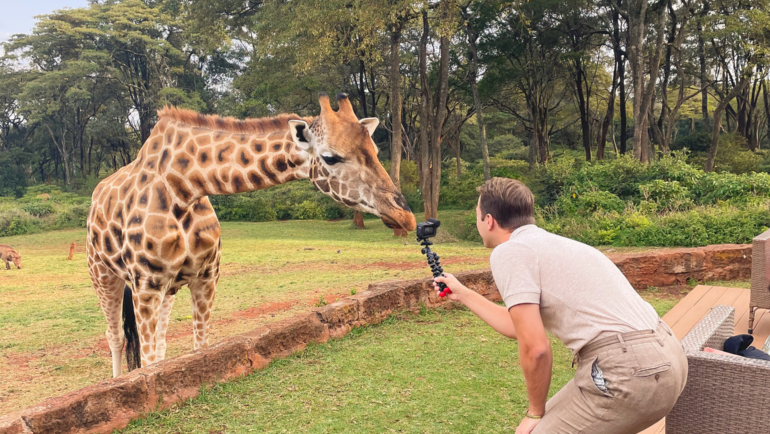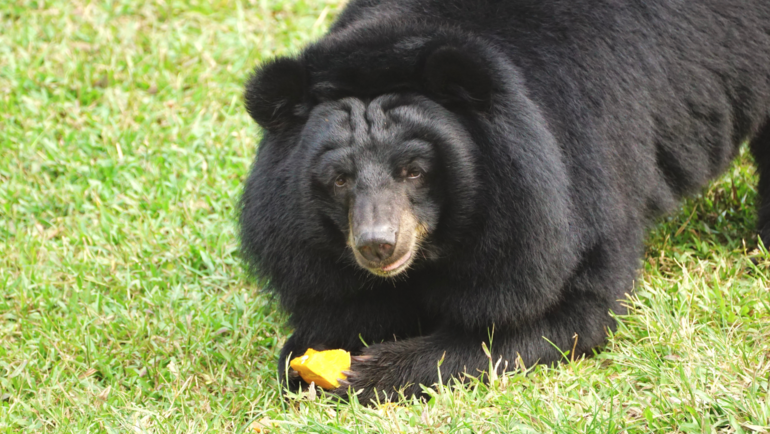How do you tell a crocodile from an alligator?
No, the answer isn’t that you see one later and the other after a while….
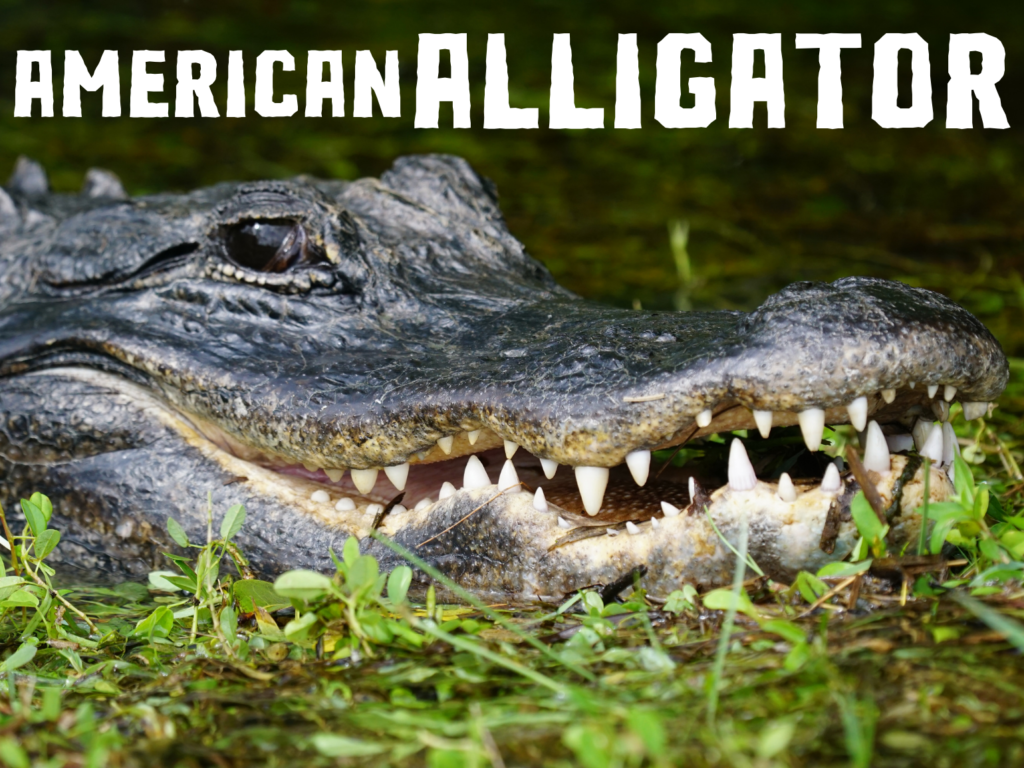
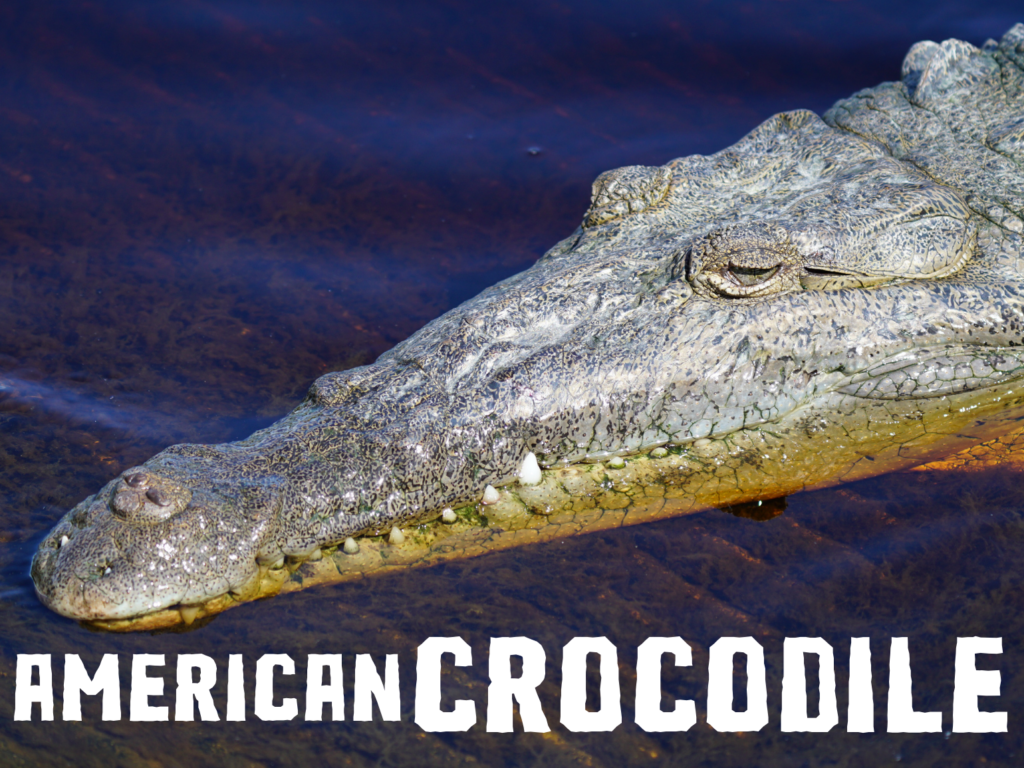
While many people use these two names interchangeably, they are in fact two completely different animals. Despite the general similarity of being large scaly four-legged reptiles, these two animals have very distinguishing features from each other and are quite different.
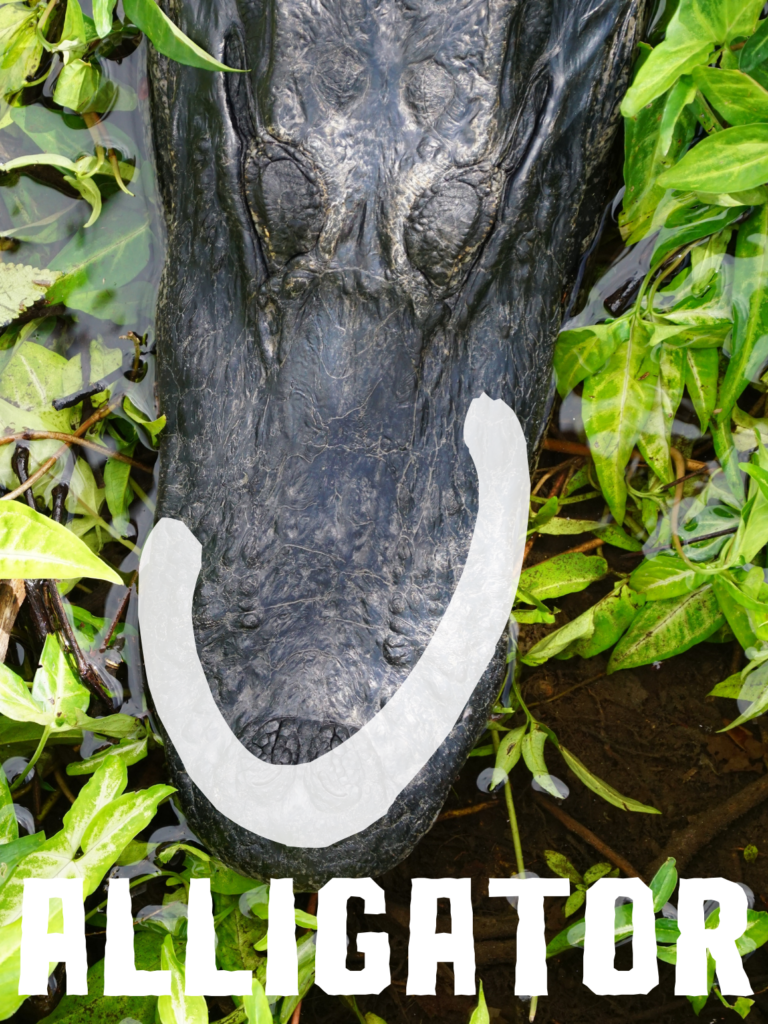
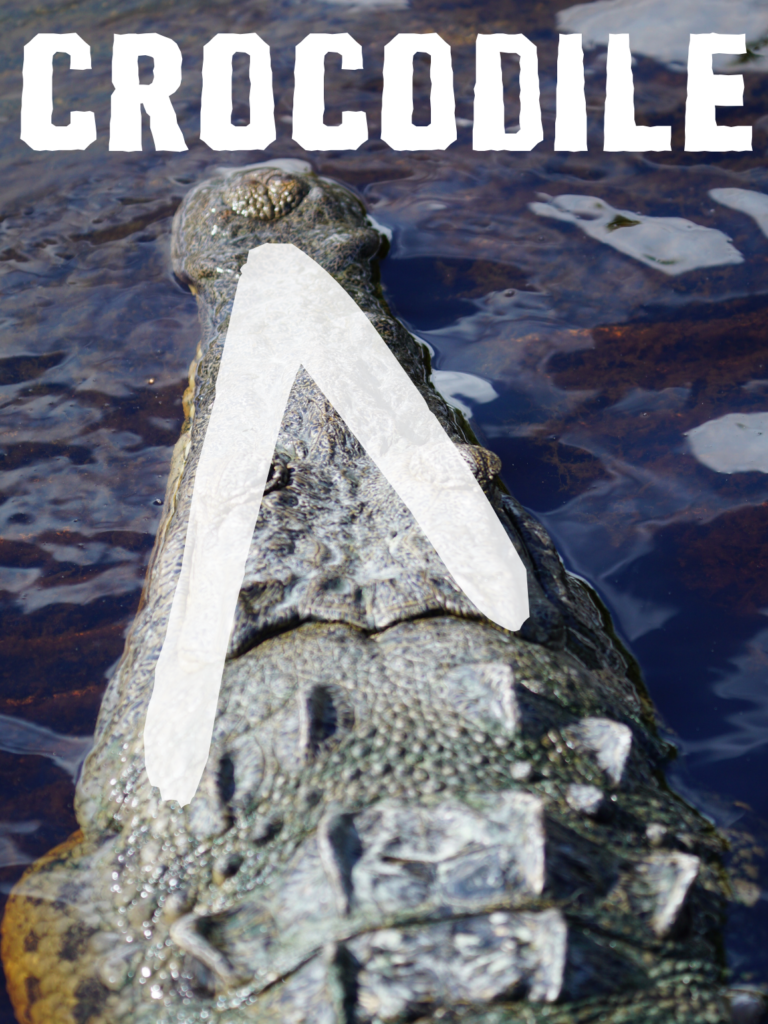
Let’s Face It:
When it comes to American alligators and American crocodiles the shape of their snout is the most obvious way to tell the difference between the two. Alligators have U-shaped faces that are shorter and wider, while crocodiles have a V-shaped snout that is more slender. This difference is likely based on diet preferences. For example, the stockier snout of an alligator helps add bite power for breaking open turtle shells.
Grin And Bear It:
If you have just the perfect perspective of their chompers, a closed alligator or crocodile mouth can help you distinguish between the two. You will see fewer teeth when an alligator closes its mouth. Compared to crocodiles that flash a full toothy grin with their top and bottom teeth interlacing. Crocodiles can’t hide their teeth and have lots of pearly whites visible. Easy way to remember this is “smile crocodile”!
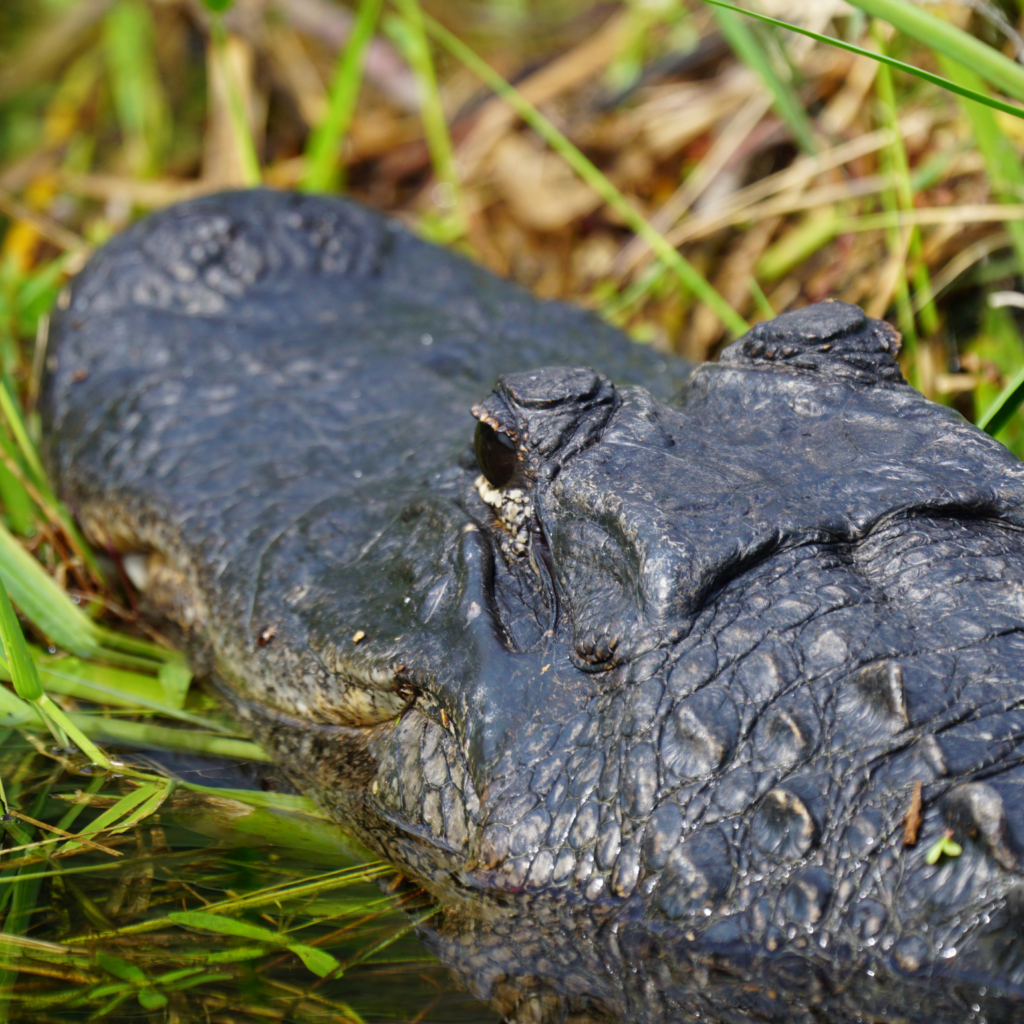
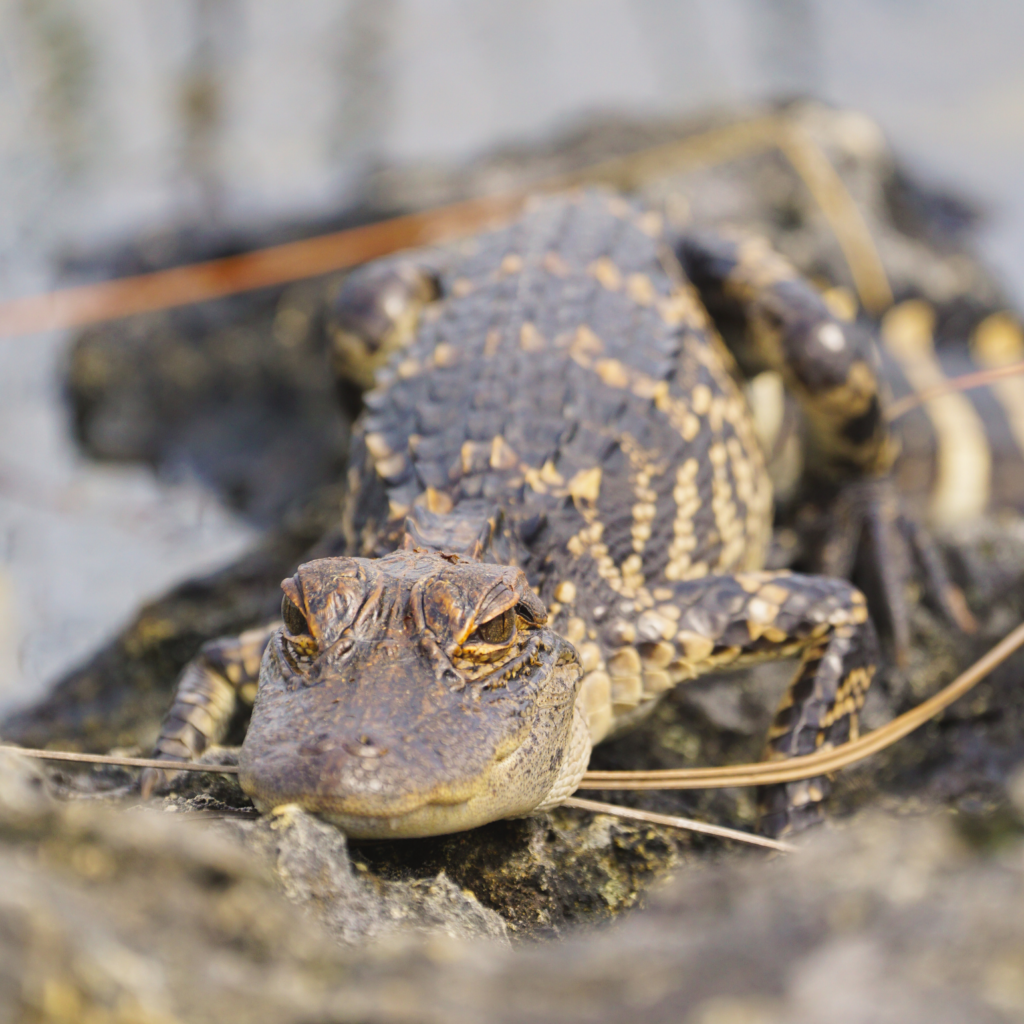
Where Are You:
Another easy indicator to tell who is who depends on where you are in the world! Crocodiles are found across the world, from South America to Asia while alligators are limited to just two species found in two places. One species is found in China and the other is our beloved American alligators. In the United States alone there are estimated to be 3 million American Alligators across the southeastern states. Oddly enough, there is only one area in the world where you can see both alligators and crocodiles, and that’s in southern Florida. There are about 2,000 American crocodiles that live exclusively in the southernmost tip of the state. So, if you’re not near the Everglades and you think you’ve seen a crocodile on American soil… you’re actually seeing an alligator.
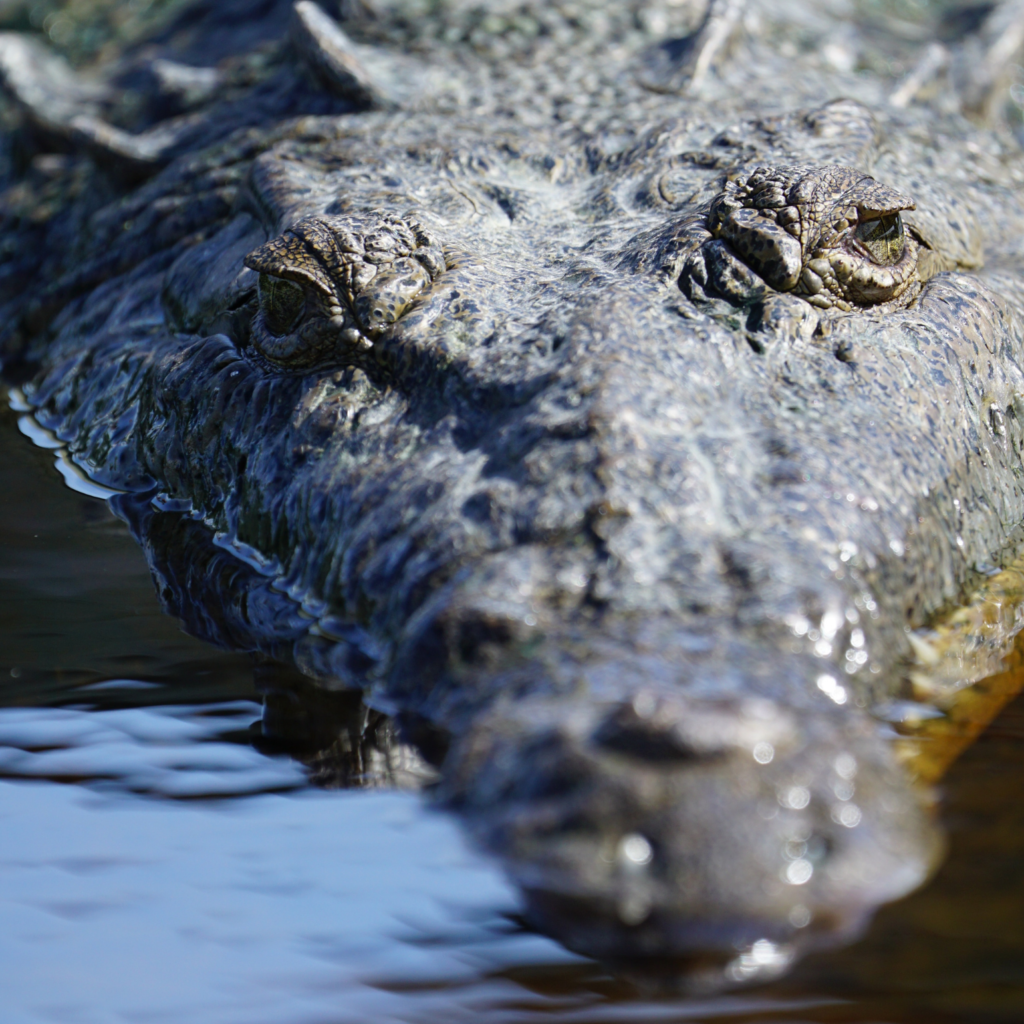
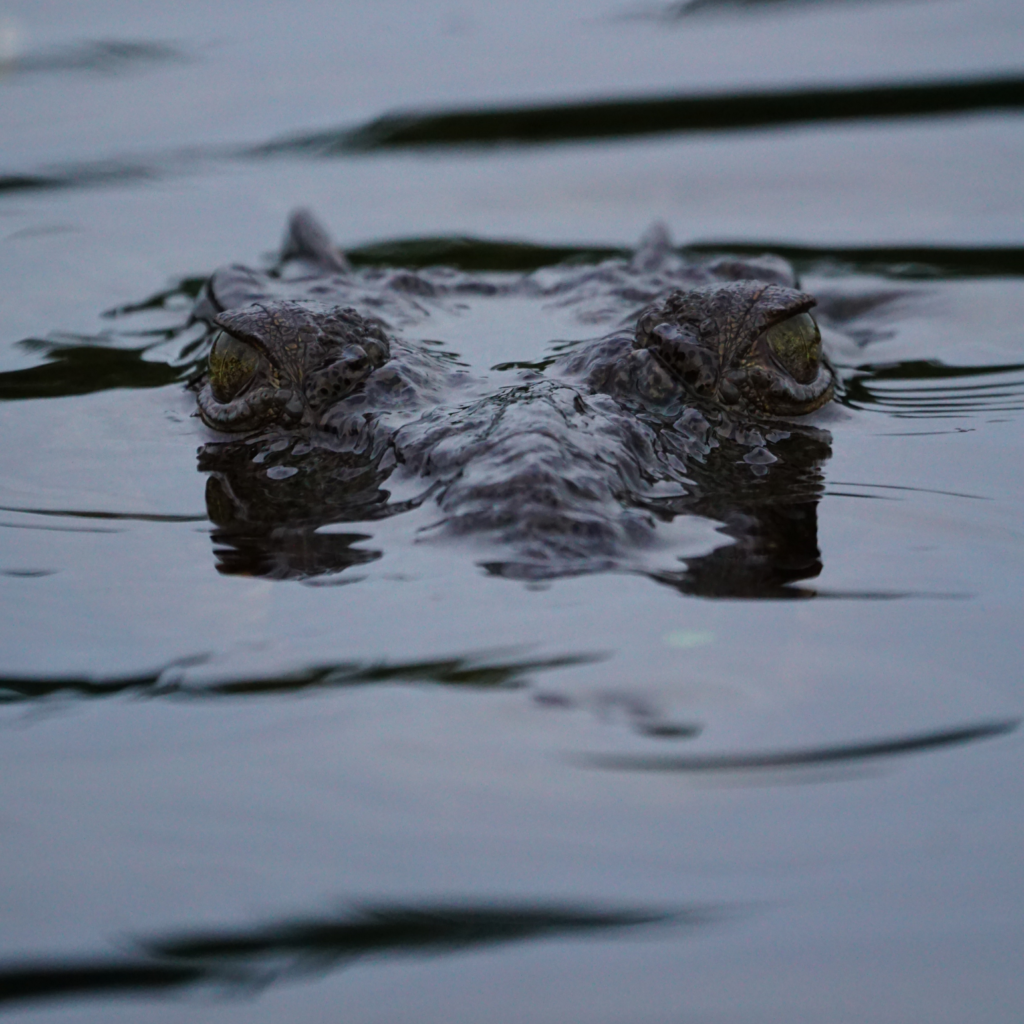
Shades of Scale:
Color is a bit more challenging way to tell these two reptiles apart. Gray or black? It’s probably an alligator. Olive or tan? Most likely a crocodile. But oddly enough both seem to always be depicted as green in our drawings… Hatchlings of both species have markedly different colors; young crocodiles are light with dark bans while baby alligators are dark with yellow stripes. But if you happen upon a nest, don’t stay to decipher the colors… get out of there immediately! Mom is likely nearby and will ferociously protect her young!
Save Them Both:
Once listed as an endangered species, American alligators were nearly wiped out due to hunting and habitat loss. With protection and the addition of the Endangered Species Act of 1973, their populations were able to rebound. By 1987 American alligator populations were stable enough to be removed from the endangered species list and continue to thrive today. The same can be said for the American crocodile, without protection from the Endangered Species Act they would be extinct. American crocodiles have since been downlisted to threatened, with a recent increase in breeding populations.
To see crocodiles and alligators in their natural habitat check out my viewing recommendations: 5 Animals to See in the Everglades
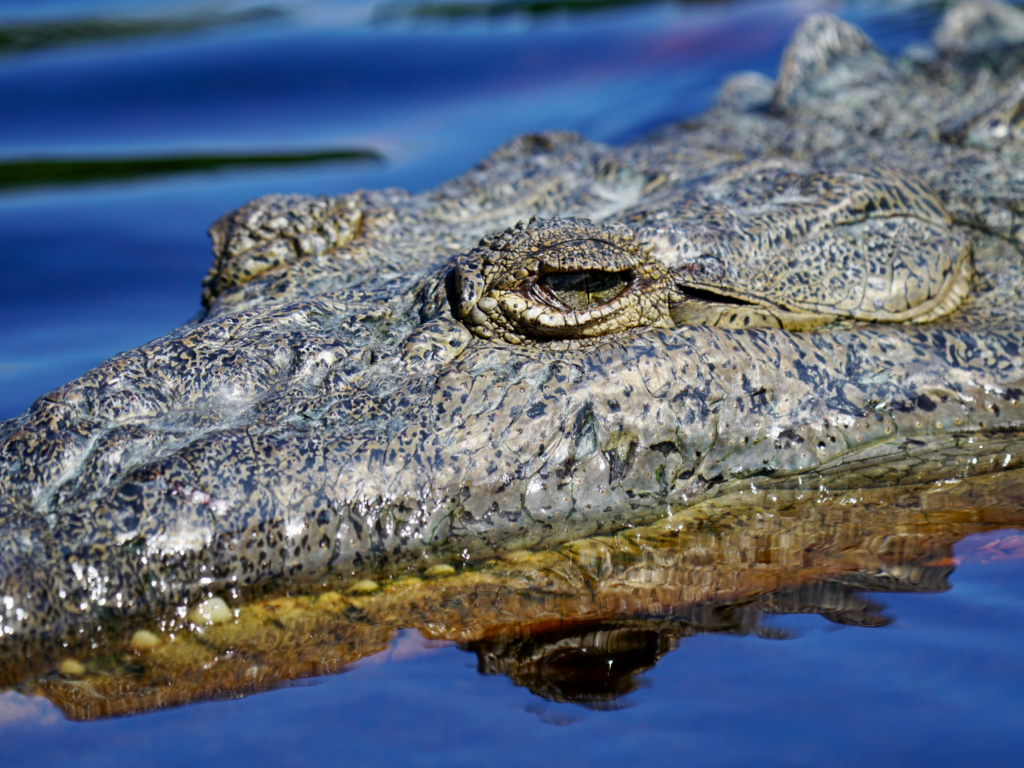
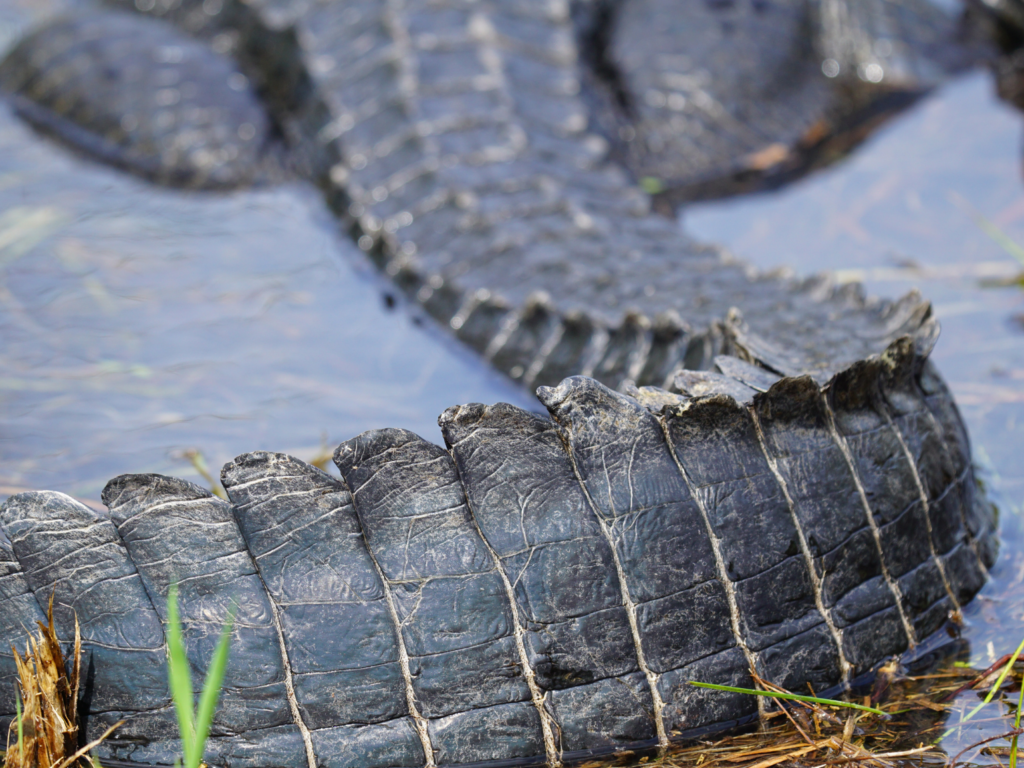
American Crocodile Fast Features
- Olive/tan color
- Top and bottom teeth visible when mouth is closed
- Narrow V-shaped tapered snout
- Young are light with dark stripes
American Alligator Fast Features
- Almost black in color
- Only top teeth visible when mouth is closed
- Broad U-shaped rounded snout
- Young are dark with yellow stripes


